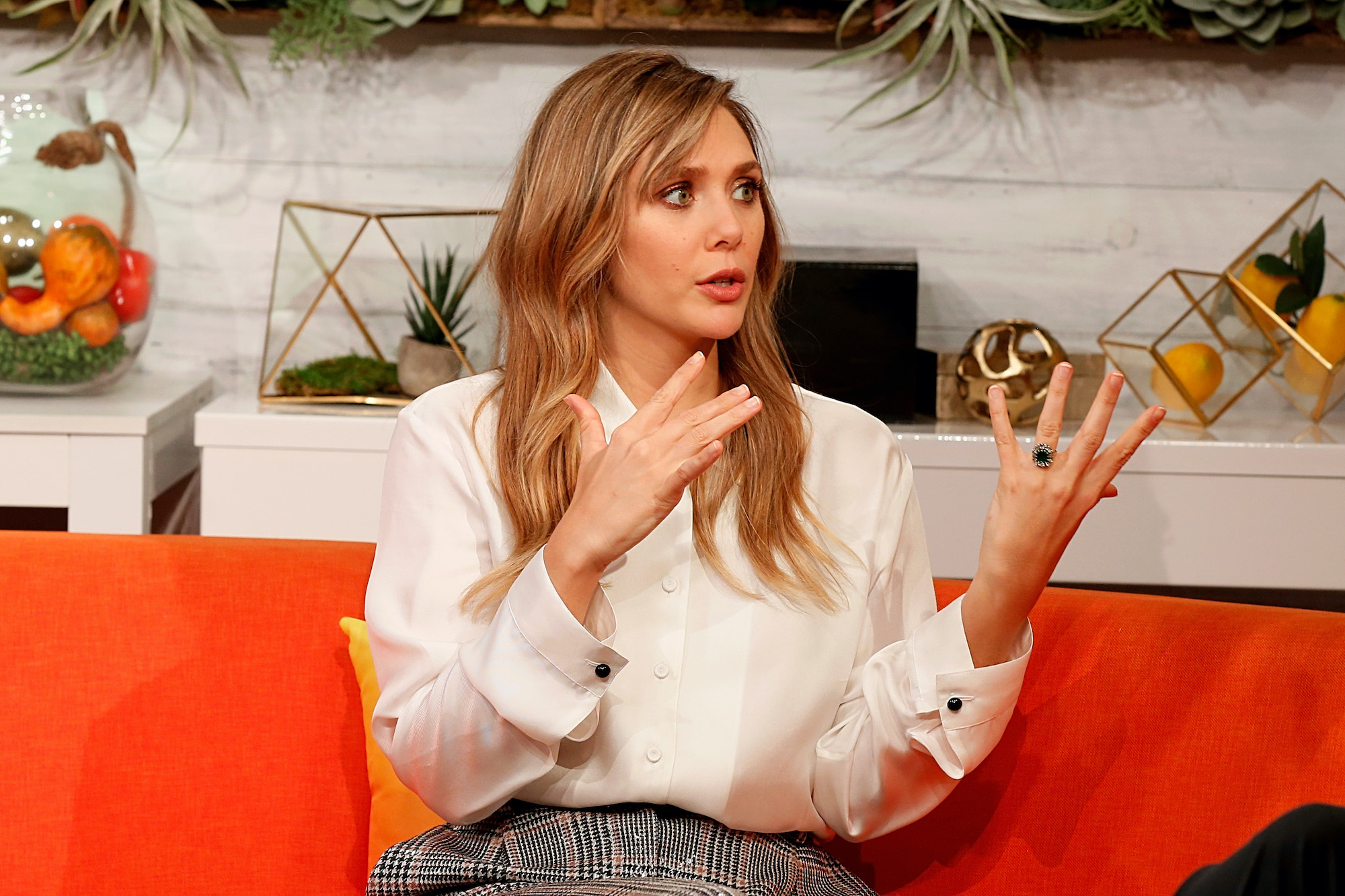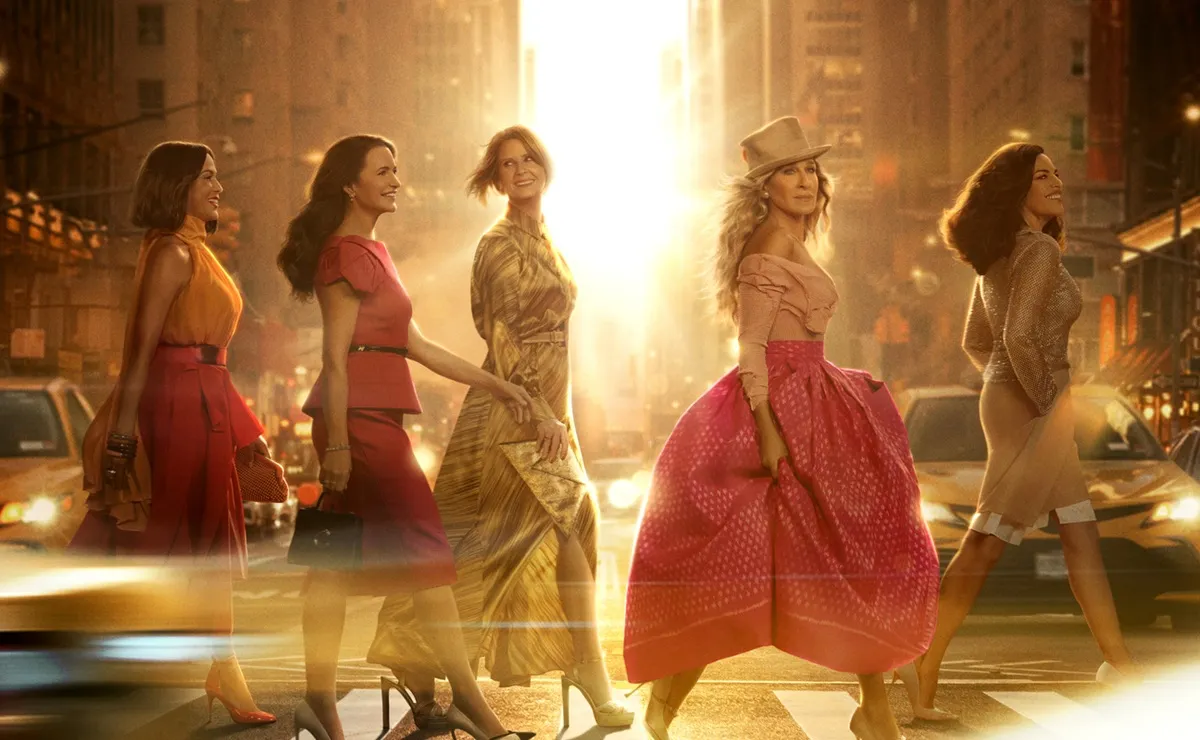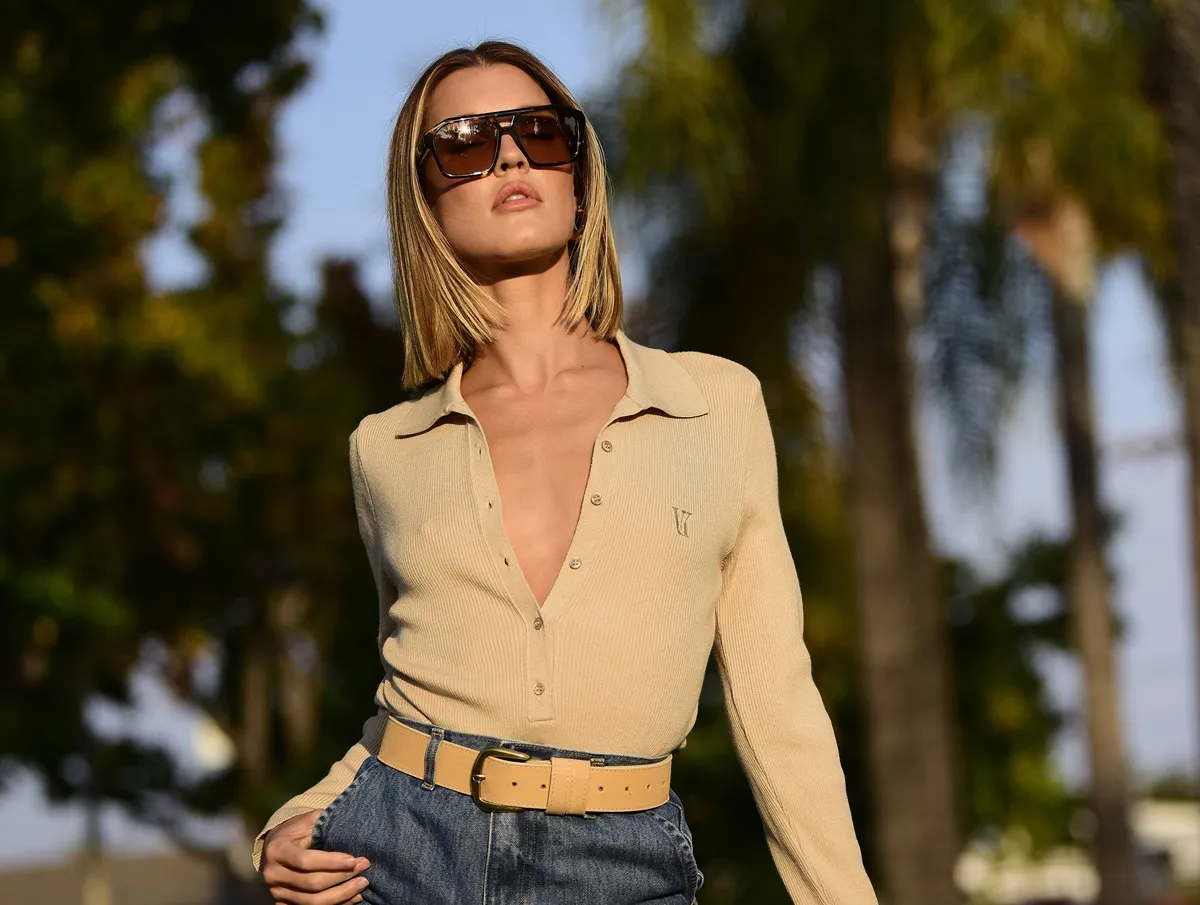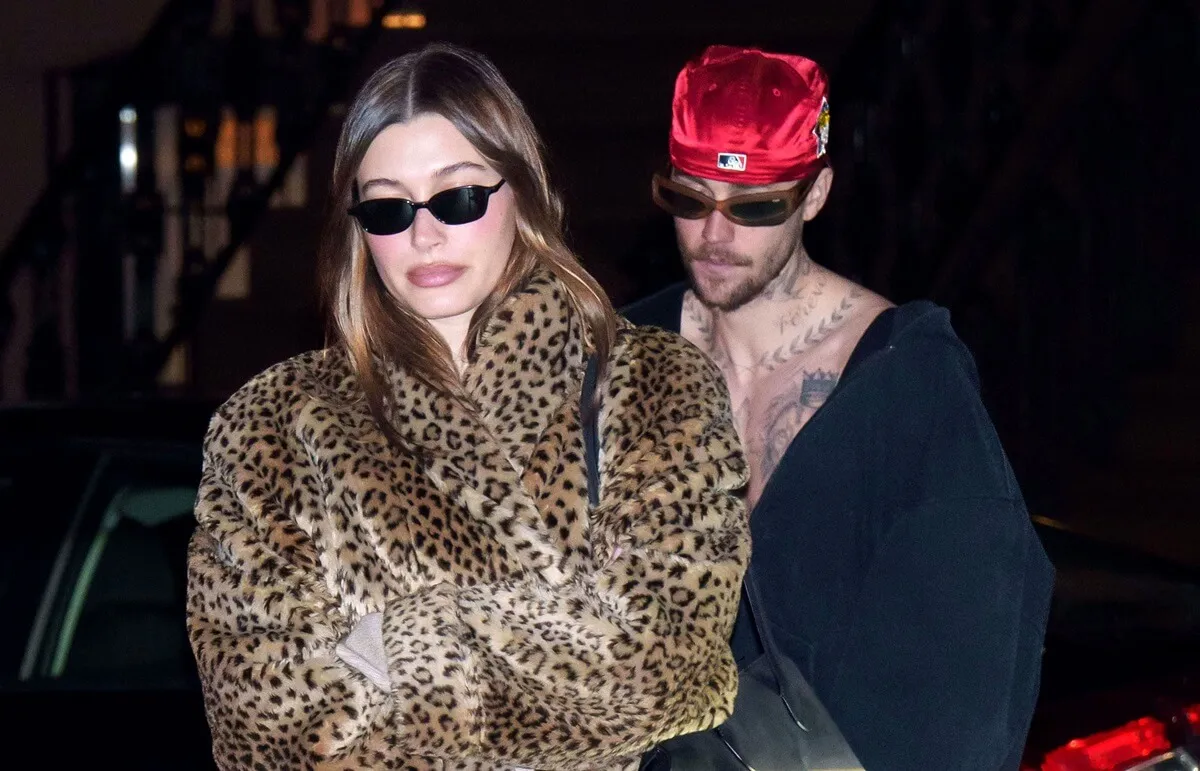‘WandaVision’: A Familiar Shot Appeared Once Again in the MCU, But Fans Think They Know Why
Eyes are the key to the Marvel Cinematic Universe. Of course, this is the case in ways both obvious and subtle.
While audiences and actors can’t join together as they could in stage plays, how people view the heroes and villains is primarily decided by their shared gaze. WandaVision took this to heart in more ways than one, and fans had a field day figuring out why.
Eyes in the Marvel universe
The eyes have always been an important feature of the MCU. From Nick Fury’s eyepatch to a handful of eye-based plot points, the series takes adages about visual function to how the eyes are maimed, dismembered, or used to enact the heroes’ powers given. The makers know how to guide the eyes of the audience where they need to be.
Often, heroes look at the audience through the screen. It’s a trend that dates back to the MCU’s earliest days. After all, the ill-conceived Incredible Hulk finished with a shot of the hero looking in the camera with green retinas as though to tell the audience that he sees them and is ready to give them what they want to see.
Thor lost an eye, Scarlett Witch’s turn red during her most powerful moments, and as a list on Marvel’s website notes, Tony Stark relatably uses his eyes to convey disgust throughout the franchise. Eyes have many meanings, both on-screen and off of it.
When Wanda’s eyes turned red while audiences saw Agatha’s reflection in the final episode of WandaVision, fans on Reddit had a field day finding the more significant meaning behind them.
‘WandaVision’: Reddit chimes in

One of the MCU’s signature recurring shots features heroes and villains looking into something off-camera only for the reflection to shine off of their light. Yes, this type of shot is aesthetically pleasing, but it also serves a function that goes as far back as the literary tradition. As Reddit user u/RonSwanson3000 notes, “The soul is seen through the eyes. Another way the audience can relate to the characters.”
These shots might not be in the first person, but they serve a similar function by both creating space but giving us a look at the world through their eyes and mind. It sounds cliche, as eyes play a role in everything from comedy to the comic book genre. In WandaVision, which largely depended on people looking at the world through Wanda’s eyes, the final episode helped us see Wanda’s uneasy embrace of witchcraft come full circle.
However, while shots such as these are staples of the universe, fans like u/Stalanius appreciated the added layers that the eyes gave to the subtext, not j
“WandaVision was really [SIC] related to the eyes theme, not just through having a character called The Vision or by replicating television sitcoms, but by the whole theme of reality alteration and people with magical powers (at least Wanda, Monica, Agatha and Vision had a scene or 2 with their eyes in different, more vibrant colors). The credits also always zoom in on Wanda and Vision’s eyes.” they wrote.
Furthermore, the other half of the title had his own ocular journey throughout. When he felt most like an android, his eyes looked dead and lifeless. However, when he showed some humanity, it leaked through his gaze. As one user put it, “In Vision’s case, [the eyes are] meant to highlight him getting his personality back since it stays on the eyes as they transition from what’s there to his more human eyes. It was the most important part of the scene in that instance.”
What our eyes will be on next
As an article on Collider notes, audiences can experience many other Marvel projects with their own eyes over the coming months. Black Widow is set to be released in the coming weeks.
However, Disney has played coy about whether or not this will be the case. Luckily, other properties will not take as long. Falcon and the Winter Soldier premiered on March 18, and several other Disney Plus series are due by year’s end.
The eyes serve as a multidimensional bridge between the viewers and the characters on screen. While it’s a one-way street as far as who is looking at who, the mood it sets pays dividends both in the individual scenes that feature them and its relationship with the viewing audience. Shots like this will likely continue as long as the MCU does.
However, with every similar image, a new layer of meaning is already added to a rich tapestry of subtext.


